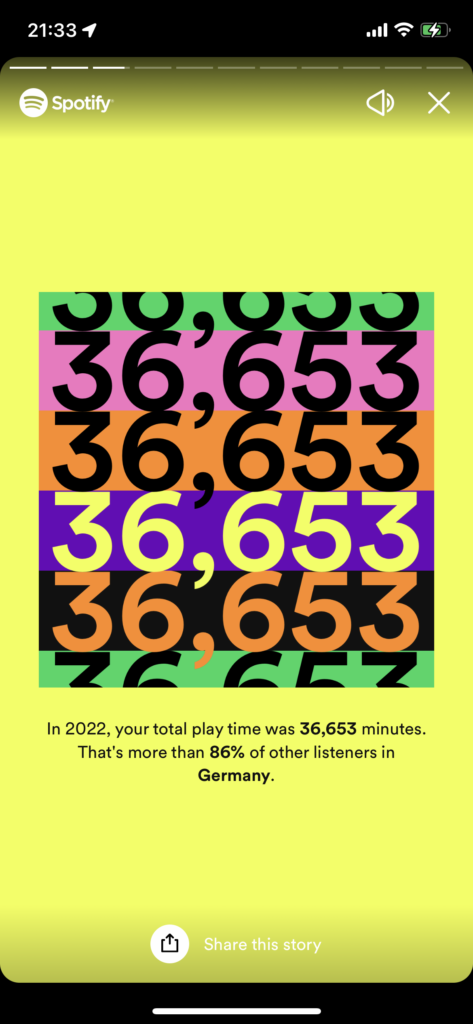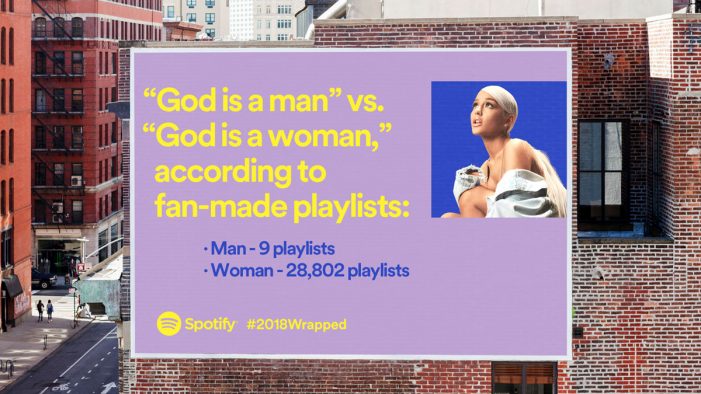Balancing Art and Science in 2024
The marketing landscape has always been a dynamic field, continually evolving with technological advancements and shifting consumer behaviors. As we move further into 2024, a noticeable trend is emerging: the convergence of creativity and data-driven strategies. While the last decade saw a strong emphasis on data analytics, AI, and automation, the pendulum is swinging back towards the value of creativity and brand authenticity. However, rather than abandoning data-driven approaches, the future lies in effectively integrating these with creative endeavors. This synergy can unlock new levels of marketing effectiveness, allowing brands to resonate more deeply with their audiences while making informed decisions grounded in data.
The Evolution of Marketing: From Data-Driven to Creative Resurgence
Over the past few years, marketing has been dominated by data analytics. The ability to track consumer behavior, predict trends, and personalize content has empowered marketers like never before. This data-centric approach has led to significant improvements in targeting, ROI, and overall efficiency. However, this focus on data has sometimes come at the expense of creativity. In an environment where every decision is driven by metrics, there’s a risk of campaigns becoming formulaic, losing the emotional resonance that truly connects with consumers.
The 2024 McKinsey report on the state of marketing highlights a critical shift: the resurgence of creativity in marketing strategies. Brands are rediscovering the power of storytelling, emotional engagement, and brand authenticity. Consumers are increasingly seeking brands that stand for something, that have a clear and compelling narrative. In a world saturated with content, creativity is the differentiator that can make a brand memorable.
Yet, this does not mean a return to the old ways of purely creative advertising. The future of marketing lies in blending the art of creativity with the science of data. It’s about using data to inform and enhance creative strategies, not replace them.
The Role of Data in Enhancing Creativity
Data, when used correctly, can be a powerful tool for creativity. It can provide insights into what resonates with different audience segments, help identify emerging trends, and even inspire new ideas. For instance, understanding which types of content perform best on different platforms can guide the creative process, ensuring that campaigns are not just creative, but also effective.
Moreover, data can help in personalizing creative content. In today’s digital world, consumers expect personalized experiences. By leveraging data, marketers can tailor their creative messaging to different audience segments, making the content more relevant and engaging. This personalization goes beyond just inserting a consumer’s name into an email; it involves creating content that speaks to their specific needs, preferences, and behaviors.
For example, Netflix uses data not just to recommend content, but to guide the creation of new shows and movies. They analyze viewing habits, preferences, and even the specific scenes that keep viewers engaged. This data-driven approach to creativity has helped them produce content that resonates deeply with their audience, leading to massive global success.
Given. Including and using insights is nothing new. There have been quite a few good recent activities:
Coca-Cola’s “Share a Coke” Campaign

Coca-Cola’s “Share a Coke” campaign is a perfect example of how data and creativity can work together. By printing common names on Coke bottles, Coca-Cola tapped into a universal desire for personalization. The campaign was backed by data on popular names in different regions, ensuring that it was both creative and relevant. The result was a campaign that not only boosted sales but also deepened consumer engagement with the brand.
Spotify’s “Wrapped” Campaign
 Spotify’s annual “Wrapped” campaign is another great example. The campaign creatively uses individual user data to create personalized year-end summaries of their listening habits. This not only provides value to the user but also encourages them to share their summaries on social media, driving massive organic engagement. Spotify’s ability to combine deep data insights with creative execution has made “Wrapped” one of the most anticipated marketing campaigns each year.
Spotify’s annual “Wrapped” campaign is another great example. The campaign creatively uses individual user data to create personalized year-end summaries of their listening habits. This not only provides value to the user but also encourages them to share their summaries on social media, driving massive organic engagement. Spotify’s ability to combine deep data insights with creative execution has made “Wrapped” one of the most anticipated marketing campaigns each year.
Challenges in Balancing Creativity and Data
While the integration of creativity and data presents exciting opportunities, it also comes with challenges. One of the primary challenges is ensuring that data does not stifle creativity. Marketers need to avoid the trap of relying too heavily on data, which can lead to risk-averse decisions and, ultimately, less innovative campaigns.
Another challenge is the potential for data overload. With so much data available, it can be difficult to know which metrics are truly important. Marketers need to be selective, focusing on data that genuinely enhances their creative strategies rather than getting bogged down in irrelevant details.
Finally, there is the challenge of collaboration. Integrating creativity and data requires close collaboration between creative teams and data analysts. These teams often have different skill sets, priorities, and ways of thinking. Building a culture of collaboration where both creativity and data are valued equally is crucial for success.
Strategies for Successfully Integrating Creativity and Data
- Foster Collaboration Between Teams
To successfully integrate creativity and data, companies need to foster a culture of collaboration. Creative teams and data analysts should work together from the start of a campaign, rather than operating in silos. Regular communication and joint brainstorming sessions can help bridge the gap between these disciplines.
- Use Data to Inspire, Not Dictate
Data should be used to inform and inspire creative decisions, not to dictate them. Marketers should look at data as a source of insights that can spark new ideas and help refine creative strategies. The goal is to use data to enhance creativity, not to limit it.
- Focus on the Right Metrics
Not all data is created equal. Marketers need to focus on the metrics that matter most for their objectives. This might include engagement rates, customer satisfaction, or brand sentiment, rather than just clicks or impressions. By focusing on the right data, marketers can ensure that their creative strategies are grounded in meaningful insights.
- Invest in Technology and Training
Integrating creativity and data requires the right tools and skills. Companies should invest in technology that allows them to collect, analyze, and act on data effectively. At the same time, they should provide training to ensure that both creative and data teams are comfortable working with these tools and with each other.
- Test and Learn
One of the benefits of integrating creativity and data is the ability to test and learn. Marketers can use data to run small-scale experiments, testing different creative approaches and measuring their impact. This allows for a more agile approach to marketing, where strategies can be refined and optimized based on real-world performance.
How do we move forward?
As we move further into 2024, the integration of creativity and data-driven marketing is not just a trend; it is a necessity. The most successful brands will be those that can balance the art of storytelling with the science of data analytics. By doing so, they will create campaigns that are not only innovative and engaging but also grounded in insights that drive real results.
In this new era of marketing, creativity and data are not opposing forces; they are complementary. Together, they can unlock new levels of effectiveness, allowing brands to connect with consumers in more meaningful and impactful ways. The key is to embrace both the art and science of marketing, using each to enhance the other in a continuous cycle of innovation and improvement.
